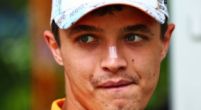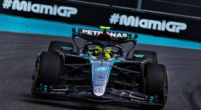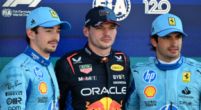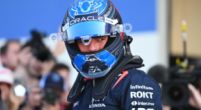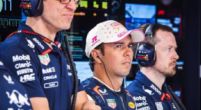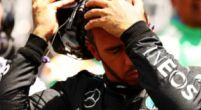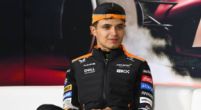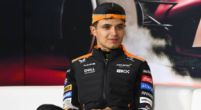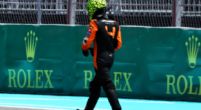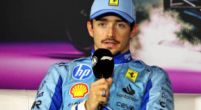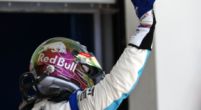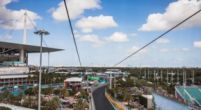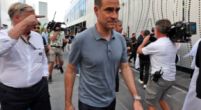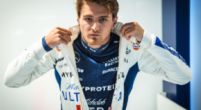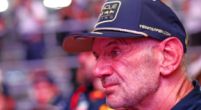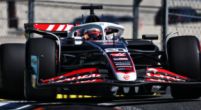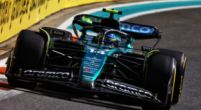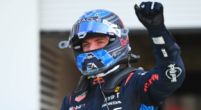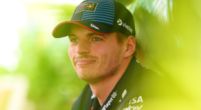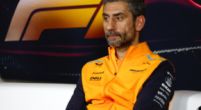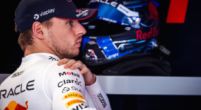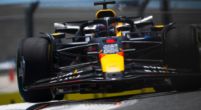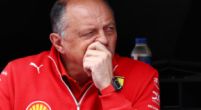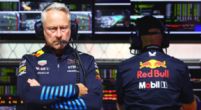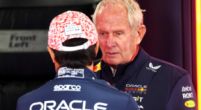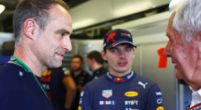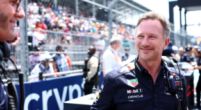Tech

Technical Analysis | The solutions teams have made to challenge Red Bull
After the first race in Bahrain last weekend, the F1 Circus is racing at Jeddah Corniche Circuit this weekend. The Saudian track is well known for being the city circuit with the highest average speed over a lap, mainly because of the high-speed corners in the first sector and the long straights in the second and third.
With these ground-effect regulations, cars that can produce a lot of downforce from the Venturi channels and have good aero efficiency are usually very quick around there. For this reason, all teams will try to run their cars as close to the ground as possible and adopt very small rear wings to reduce drag as much as possible. Let’s have a look at which choices they’ve made this year. This is how the F1 teams plan to challenge Red Bull in Jeddah.
Red Bull and Ferrari with higher downforce rear wings
Red Bull decided to adopt a medium-low downforce rear wing with a completely innovative design. The main plane still has a rather deep spoon with a very pronounced chord across the entire width of the profile. However, it has a shorter chord than the version used in Bahrain and has a less upward-sloping leading edge. The peculiarity of this airfoil lies in the wing tip, which is still quite loaded but has a completely flat leading edge to reduce drag.
The DRS flap has a rather accentuated chord, which can represent a deficit, especially during the race when the DRS is closed. However, this more loaded flap can be very helpful during qualifying and overtaking, i.e. when the DRS will be used, because it will have a more powerful effect (since the chord is larger).
It’s still yet to be seen whether this rear wing spec will be matched with a single or double-element beam wing, but a lot will depend on the grip of the asphalt and the conditions during the weekend. The Red Bull team may as well decide to start the weekend with a double-element beam wing, which generates more downforce at the rear and provides more stability, in FP1 (when the track is still dirty) before switching to a more conventional low downforce one element version from FP2 onwards, as the asphalt grip increases.
Ferrari have also adopted a medium downforce rear wing, the same spec used last weekend in Bahrain. This version is characterised by a main plane with a light spoon in the central section and with a leading edge that slopes slightly towards the endplate to connect to it. The DRS flap has a linear trailing edge and quite a pronounced chord to have high top speeds when the DRS is opened while still providing enough downforce in the fast section in Sector 1. This rear wing spec aims to reduce drag with a less loaded main plane while still providing a good DRS effect on the long straights of the Saudi Circuit. However, this may not be the rear wing spec for the whole weekend: as already said for Red Bull, Ferrari could choose to switch to a lower downforce rear wing from FP2 onwards as the asphalt grip increases and the temperatures cool down.
This rear wing spec will be matched with a single-element beam wing with a decreasing chord as it proceeds towards the endplate attack. This solution aims to generate downforce in the innermost portion, reducing drag as the profile's chord decreases. This single element is an extension of the diffuser, favouring flow extraction at the car's rear and improving efficiency.
Mercedes with a "large cutout" in the DRS flap, McLaren with a low downforce spec
Mercedes and McLaren have adopted very low downforce rear wing solutions, proving they’re still behind Ferrari and Red Bull on top speed.
Mercedes decided to bring a more extreme version of the rear wing they adopted in Monza last year: the main plane has a horizontal leading edge with a rather short chord to reduce the drag produced. Furthermore, it slopes at the endplate attachment, unlike the RB20's rear wing. The real solution, however, lies in the DRS flap. It has a rather pronounced chord but is characterised by a "cutout" behind the DRS actuator.
The DRS actuator could generate turbulence and "dirty" the airflow over the rear wing (increasing drag). For this reason, they give up some downforce by cutting the moving flap to ensure a more consistent flow in that area. This solution is very similar to the one adopted by Ferrari on their rear wing spec in Spa-Francorchamp last year. This rear wing should provide higher top speeds for the W15 in the second and third sectors but could secure less downforce in the fast and flowing first sector, making the rear end less stable in the fast corners.
McLaren has a similar idea to Mercedes but has designed the rear wing differently. The main plane has a horizontal leading edge and a very short chord, mainly to reduce drag. The DRS flap has a short cord compared to the Red Bull and Ferrari’s. However, the main plane and the mobile flap present an inward curvature in the central section around the DRS actuator. As previously said, for the W15, the goal is to reduce pressure in this area, giving up some downforce to generate a higher top speed. If this solution can provide the MCL38 with higher top speeds, they can fight with Ferrari for the podium this weekend, seeing their good performance in Bahrain's fast-speed corners.
In conclusion, the different wing and beam wing configurations will lead to different car behaviour in the third sector of the circuit, with differences not only in the overall lap time but also in the tyre management during the race.

